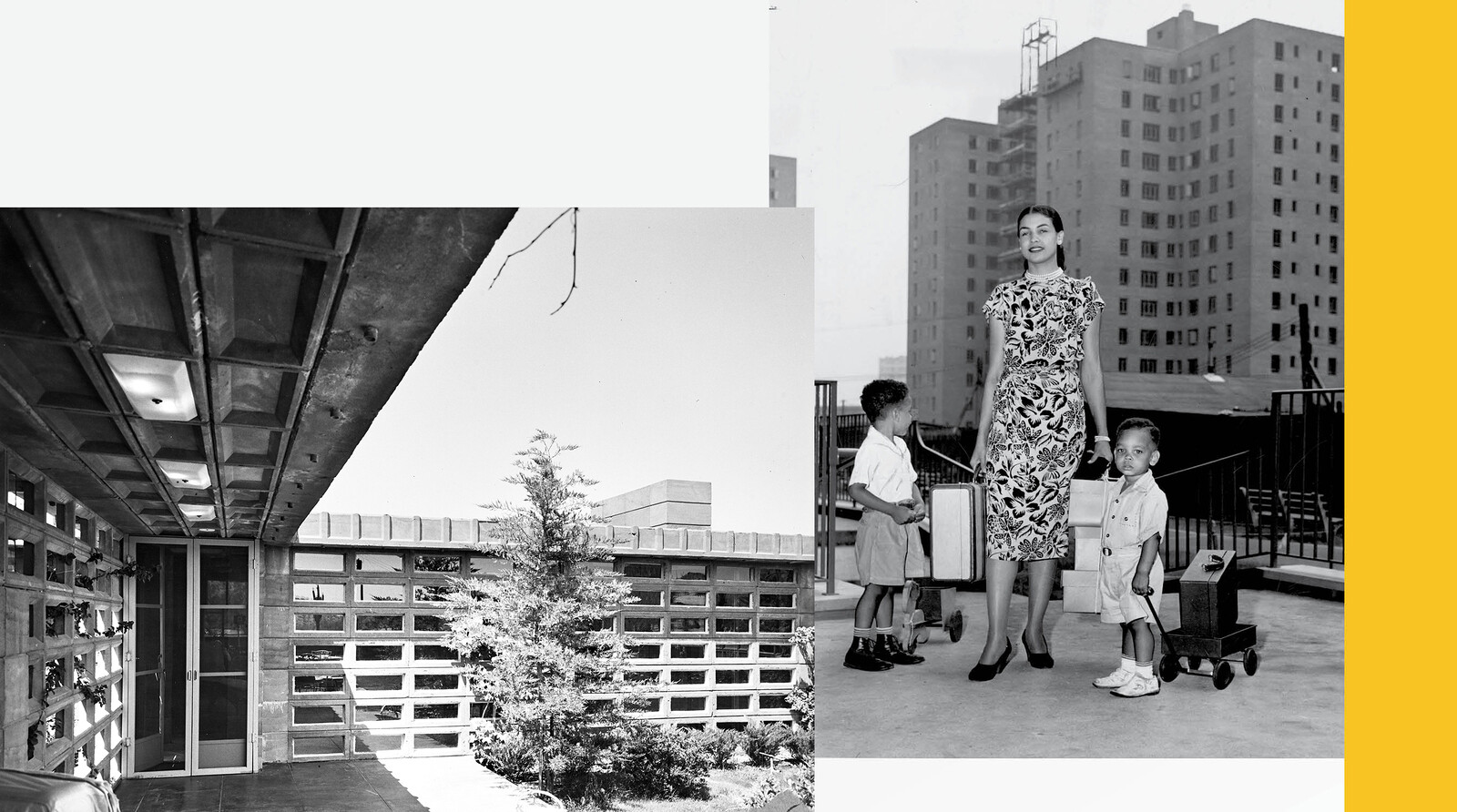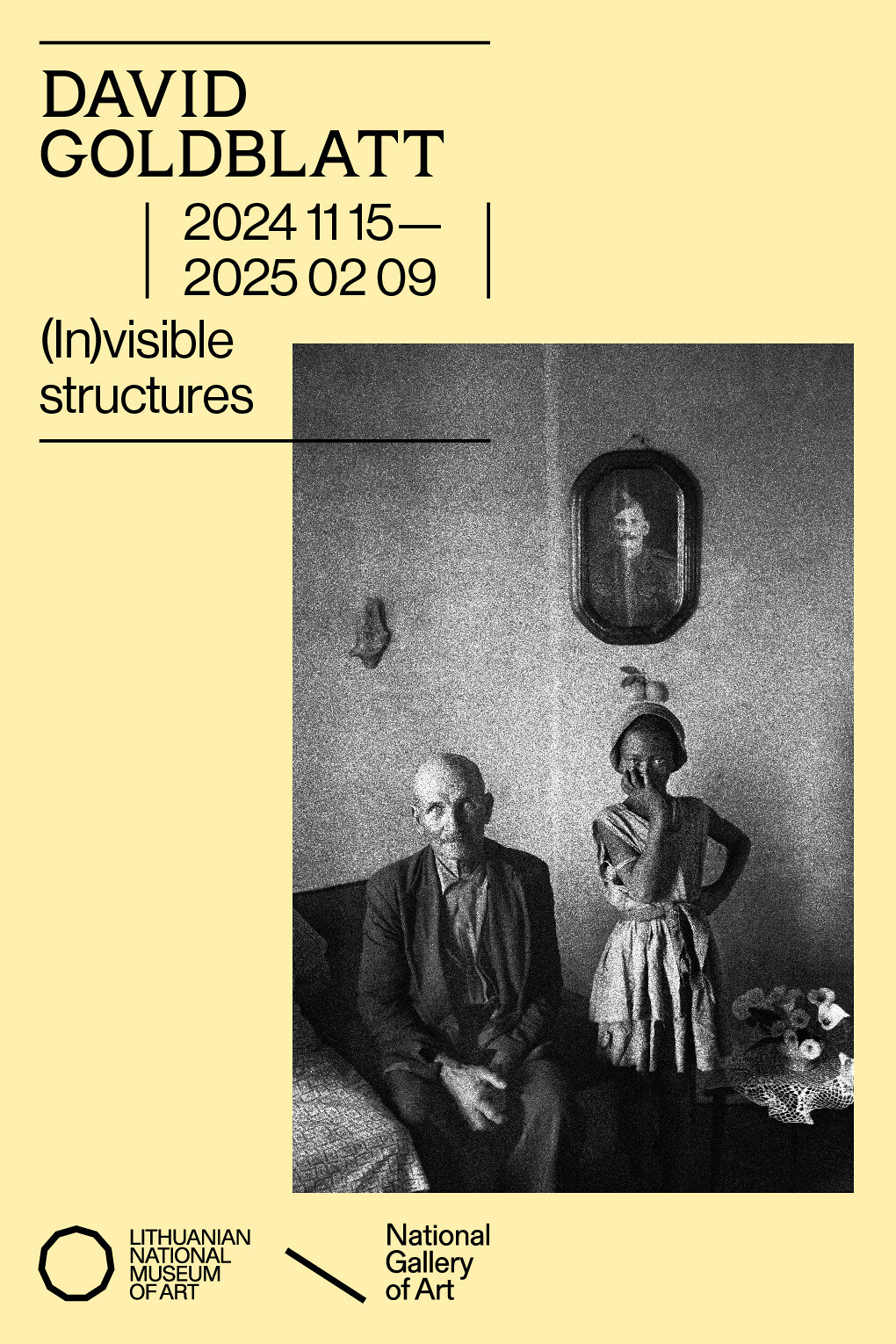September 9–December 17, 2017
The Wallach Art Gallery
Columbia University’s Lenfest Center for the Arts
615 West 129th St (West of Broadway)
On September 9, 2017, Living in America: Frank Lloyd Wright, Harlem & Modern Housing will open to the public at the Miriam and Ira D. Wallach Art Gallery on Columbia’s new Manhattanville campus. The exhibition is curated by the University’s Temple Hoyne Buell Center for the Study of American Architecture.
The exhibition title “Living in America,” a phrase written on wooden panels traveling with the model of Wright’s Broadacre City (1929–58), evokes a question that preoccupied architects and planners throughout the mid-20th century: How to live together? Wright’s proposal for an exurban settlement of single-family houses offered one possible answer; plans for large public or subsidized housing located in urban areas presented another. Although these two visions seem a world apart, they share a common history.
Wright (1867–1959) first exhibited his Broadacre City project at Rockefeller Center in Midtown Manhattan in 1935. While the prominent Wisconsin-based architect anticipated a degree of economic diversity, Broadacre’s residents were, for the most part, implicitly white. In 1936, construction began on one of New York City’s first public housing developments, the Harlem River Houses, funded by the Public Works Administration under President Franklin D. Roosevelt’s New Deal. Built for working-class African Americans, the complex was designed by a consortium including John Louis Wilson Jr., the first African American to graduate from Columbia’s School of Architecture. Through such parallel examples, Living in America: Frank Lloyd Wright, Harlem & Modern Housing shows how two different approaches to American housing intersect along racial and socioeconomic lines, and asks: how to live in America, together?
The exhibition’s narrative takes the form of two interwoven plotlines, developed through displays of project-specific drawings, photographs, and other material dating from the late 1920s to the late 1950s. One plotline tracks the Broadacre scheme as it plays out in Wright’s subsequent work, scattered around the country; the other tracks the development of public housing in Upper Manhattan’s Harlem neighborhood. Both stories connect social institutions, such as the nuclear family, with economic structures, such as private property or its alternatives. Wright’s version of the “American Dream” and Harlem’s public housing both reflect disparities, conflicts, and aspirations that remain part of American life today.
Living in America has been curated by The Temple Hoyne Buell Center for the Study of American Architecture at Columbia University’s Graduate School of Architecture, Planning, and Preservation (GSAPP), and is co-presented by The Miriam and Ira D. Wallach Art Gallery and and The Avery Architectural and Fine Arts Library, in correlation with Frank Lloyd Wright at 150: Unpacking the Archive, on view at The Museum of Modern Art, New York through October 1, 2017.



